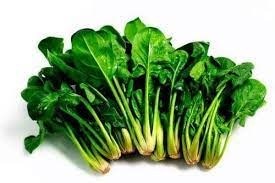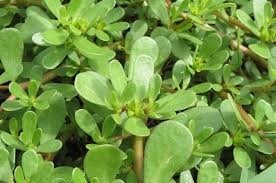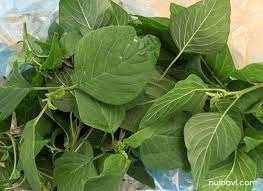1.General introduction
Lutein is a pigment be included in the carotenoids’s group, which has high biological value such as the antioxidant (Chang-Lian Peng et al., 2006), anti-inflammatory ability (Johnson EJ, 2014); the capacity to prevent colon cancer, breast cancer, type 2 diabetes and heart disease. (Li et al, 2013). In the eyes, lutein can act as a filter of blue light to protect underlying tissues from phototoxic damage. The mechanism in which lutein take part in the prevention of eye diseases involve its role as an antioxidant, neutralizing free radicals formed by the effects of light on retina of the eye (Calvo, 2005). Lutein is thought to be protective against eyes diseases, age-related macular degeneration and cataracts, and against vision impairment (Johnson, 2014). Therefore, the provide of lutein to the human body is very necessary. According to the recommendations of the US Department of Agriculture (USDA), human body should be provided with at least 6 mg of lutein per day and ought to provide 10-20 mg of lutein per day; With the Japanese, the diet needs to ensure the amount of lutein is 12 mg per day; Meanwhile, Vietnam has no dietary recommendations for lutein in diet.

Lutein
According to the World Health Organization, cataract is one of the leading causes of myopia and blindness, the rate of disease in young people tend to increase due to the impact of subjective lifestyles and exposure to long time with electronic devices, lack of awareness of eyes care. In Vietnam, myopia occurs with all ages, especially in children. Therefore, the need for lutein for humans is even more important, but the use of food sources from green vegetables or other food sources containing lutein is still based on habits, the diets have not been calculated to ensure the supply of lutein to the human body.
With the support of experts at the Japanese Ministry of Agriculture, Shimadzu company (based in Singapore) in analyzing and evaluating the lutein content in vegetables according to Japanese standards (JAS), the Faculty of Food Technology, Vietnam National University of Agriculture has completed the process of analyzing the lutein content in vegetables and initially evaluated the lutein content in some vegetables and flowers in several studies.
2. Some vegetables are rich in lutein

Spinach
+ Spinach (Spinacia oleracea) is a popular Japanese vegetable and is used in the diet.
Lutein content in fresh spinach (according to edible parts) grown by hydroponic method has 16.5 mg/100g after 45 days of planting; After cooking (2 minutes) lutein content remains 14.5 mg/100 g (cooked vegetables)
+ Malabar spinach (Basella alba) is a vegetable commonly used in the Vietnamese diet
Lutein content in fresh malabar spinach grown by organic hydroponic system reaches 11.3mg/100g (calculated by edible portion) after 33 days of growing.
+ Water spinach (Ipomoea aqua tica) is a very popular and common vegetable in Vietnam.
Water spinach has the lutein content of 15.5mg/100g (according to edible portion) after 46 days of growing
+ Curly kale (Brassica oleracea)
After 90 days of cultivation, the lutein content in kale reaches 34.4mg/100g (calculated by the edible portion).
+ Common purslane (Portulaca oleracea) is a vegetable that can be eaten raw or cooked.

Portulaca oleracea
Common purslane has the lutein content of 34mg/100g (according to edible portion).
+ Amaranth viridis (Amaranthus viridis)

Amaranthus viridis
Lutein content of amaranth viridis is about 24-25mg/100g (calculated by edible portion).
According to the meal, Vietnamese people could build the diet providing lutein by using suitable vegetables.
Hoang Hai Ha - Faculty of Food Science and Technology